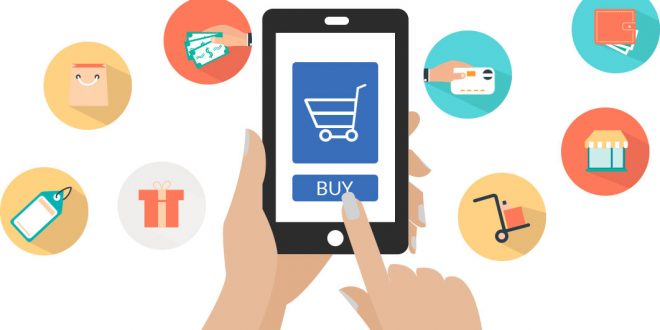In today’s technology-driven world, the development and sale of applications and software have emerged as a thriving industry, offering immense opportunities for creators, entrepreneurs, and businesses alike. This article explores the exciting journey of building and monetizing applications and software, delving into the key steps, challenges, and strategies involved in navigating the dynamic digital frontier.
- Identifying a Profitable Idea
The first step in creating successful applications and software is to identify a profitable idea. Research market trends, customer needs, and potential gaps in existing solutions to find a unique and valuable concept. Focus on addressing a specific problem or enhancing user experiences to increase the chances of attracting a dedicated user base.
- Efficient Development and Testing
Once the idea is solidified, efficient development and rigorous testing are essential for creating a high-quality product. Adopt agile development methodologies to streamline the process and ensure faster iterations. Thoroughly test the application or software to identify and rectify any bugs or glitches before release, ensuring a smooth user experience and positive reviews.
- Platform and Distribution Strategy
Decide on the platform for your application or software based on your target audience and business objectives. Whether it’s mobile apps for iOS and Android or desktop software for various operating systems, choose the platform that aligns with your user base. Consider distribution channels such as app stores, software marketplaces, or direct downloads from your website.
- Monetization Models
There are various monetization models to consider when selling applications and software. The most common include:
a. Paid Downloads: Offer the application or software for a one-time fee, providing users with full access upon purchase. b. In-App Purchases: Offer additional features, content, or virtual goods within the app for users to purchase. c. Subscription: Charge users a recurring fee to access premium features or ongoing services. d. Freemium: Provide a basic version of the app or software for free and offer premium features at an additional cost. e. Advertisements: Offer a free version supported by in-app or in-software advertisements.
- Marketing and Promotion
Effectively marketing and promoting your application or software is crucial for reaching a wider audience. Utilize digital marketing channels such as social media, content marketing, email campaigns, and paid advertising to generate interest and drive downloads or purchases. Consider collaborating with influencers or tech bloggers to increase visibility and credibility.
- User Support and Updates
Maintaining excellent user support is vital for user satisfaction and retention. Offer prompt assistance through email, chat, or a dedicated support portal to address user queries and concerns. Additionally, release regular updates to fix bugs, introduce new features, and ensure compatibility with the latest devices and software versions.
- Protecting Intellectual Property
Before releasing your application or software, consider protecting your intellectual property through copyrights, trademarks, or patents, depending on the nature of your product. This safeguards your creation from unauthorized use or infringement and gives you a competitive edge in the market.
The world of developing and selling applications and software offers exciting possibilities for entrepreneurs and creators. By identifying profitable ideas, efficient development, strategic monetization, and effective marketing, developers can successfully navigate the digital frontier and create a sustainable and rewarding business venture. Embrace innovation, user-centricity, and continuous improvement to stay competitive in this dynamic and ever-evolving industry.
 Blogmado Empower Your Wealth: Expert Insights for Success
Blogmado Empower Your Wealth: Expert Insights for Success



